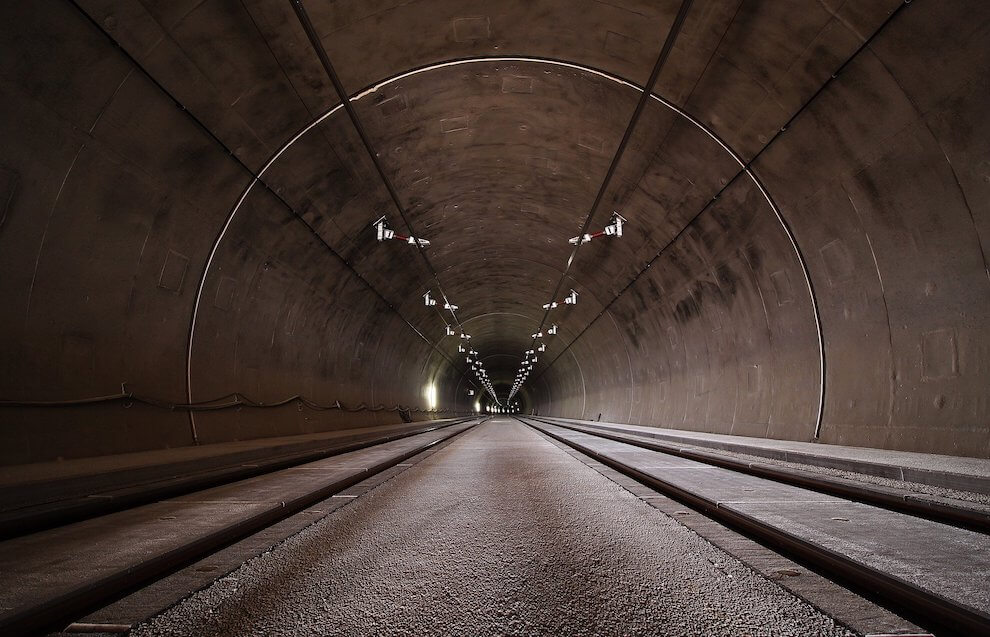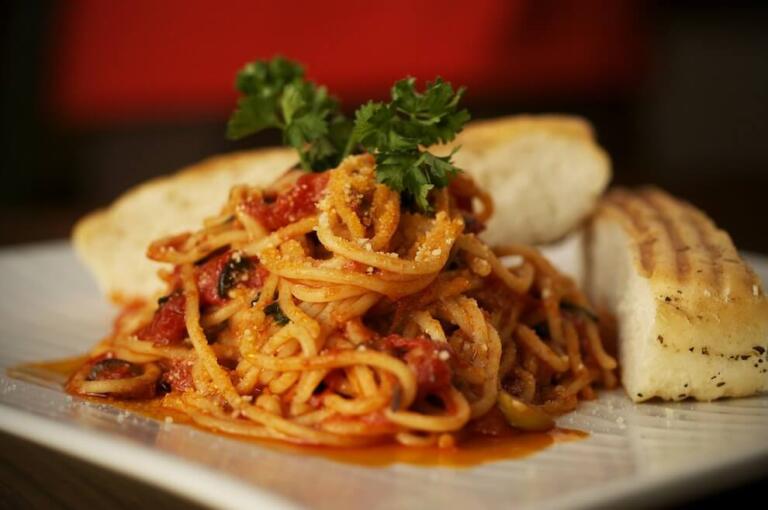For as long as people can remember, Britain has always been an island, cut off from mainland Europe, but the channel tunnel now connects it. Hauling goods and people over the channel has always been done by boat, before the invention of the aircraft. But people began dreaming of different ways by which to cross that small strip of the ocean into Europe.
The channel tunnel – a vision from the past
Although today we label it as a modern feat of engineering, plans for the channel tunnel be built began far back in the past, with a competition in 1751. The Academy of Amies in France launched said competition whose goal was to come up with a better way to cross the channel, other than by ship across the water.
Nicolas Desmarets’s idea of a tunnel was the one deemed a winner. Others have thus been inspired by the idea of linking France and England. Many started developing their own ideas to do so and proposing they be put into practice. Since the industrial revolution had not yet sparked, those ideas involved road tunnels under the channel for carriages.
Hector Thoreau’s suggested the construction of artificial islands so that stagecoaches could come up from the tunnel and exchange horses. Also light would have to be provided by gas lamps the whole length of the tunnel.
An accident of geology
Another french engineer, Thomé de Gamond, conducted extensive research on the English Channel seabed. Much of his research came with an abundance of risk for the french engineer. It established the necessary groundwork for a possible underwater tunnel for the future.
His findings on the geological structure of the seabed brought into focus the fact that at an average depth was 40 meters underneath the seabed. Here chalk marl had mixed with clay to form a homogenous layer of chalk marl.
These conditions would prove perfect for tunneling, an accidental geological surprise laid down 90 to 100 million years ago. It also gave a much better alternative to an underground tunnel than a bridge, as some other ideas floated about people’s imagination.
A bridge would disrupt the ongoing convoys that already had established routes and would only increase the risk of an accident while crossing. Not to mention the dangers posed for the duration of its construction. So the channel tunnel was the best option.
Obstacles and hurdles to the channel tunnel
All this eagerness on the French side of the sea had other hurdles in its path from the British side. Napoleon’s expansionist ambitions did not instill a sense of security in the British, so an underground tunnel from France could be seen more like an open invitation to invade rather than a friendly road to link them.
Unsurprisingly, and understandably, England preferred their distance at that time. After that, came the devastating world wars, both of which encouraged the distance to be maintained.
In 1957 hints of revisiting the tunnel started to come up again but were quickly dropped two years after. This time the concern was that of the economic hit on the road haulage and stevedoring if more goods would begin to come by rail.
In 1973 the UK government again opposed the tunnel for fear that it may drain public expenditure.
Private sector
In 1979 the private sector stepped in and with the assurance that the UK government would not protest the construction of the channel tunnel. Finding investors was the next step in this endeavor.
France did not oppose investing public funds to make their part of the tunnel. But they had to finance it from the private sector as well, at the insistence of England.
Time to dig
Digging began at the same time from both England and France, in an attempt to meet in the middle. A vast amount of planning went into the process.
Multiple measurements and surveys with lasers were eaaential to make sure they would actually meet. There was the risk of veering off to the side, completely missing the other party digging ahead.
Meeting in the middle
December 1, 1990, was the day French and English workers met each other and shook hands through the tunnel they had been digging. The two workers chosen by lottery to shake hands were, Graham Fagg from the British side and Philippe Cozette from the French side.
This was only the beginning though, only a blank canvas to be filled with color. Land and crossover tunnels needed to be added, the electrical structure planned and installed. Terminals on both sides had to be built, train tracks, fireproofing, and ventilation systems set up.
The channel tunnel – A marvel of human collaboration
On May 6, 1994, the channel tunnel was officially opened for business. After a titanic thug of force, and the colossal amount of money and manpower that went into creating this link, the tunnel is now used and enjoyed by people from all wakes of life.
Bringing together two nations that in the past did not see eye to eye on many things. This collaboration stands the test of human capability to collaborate and create marvels together.



Leave a Comment